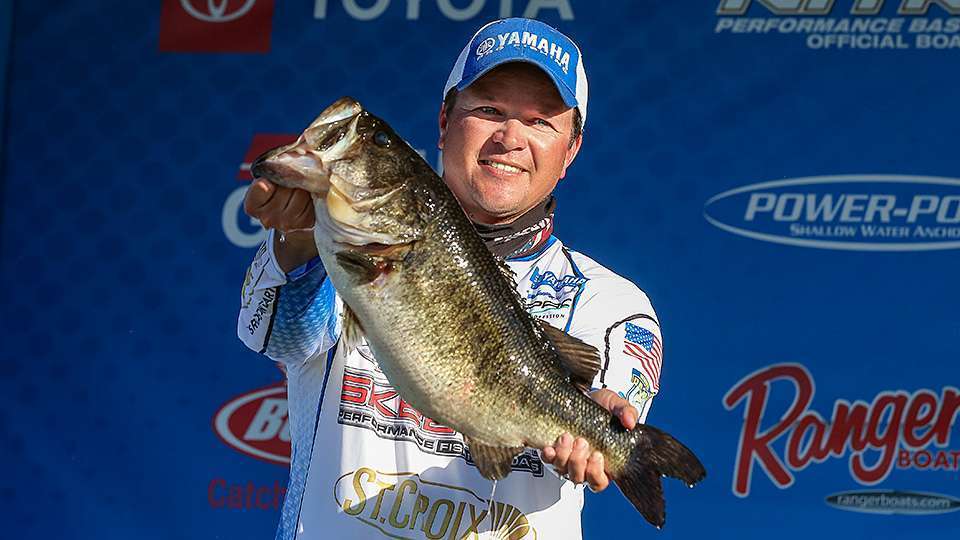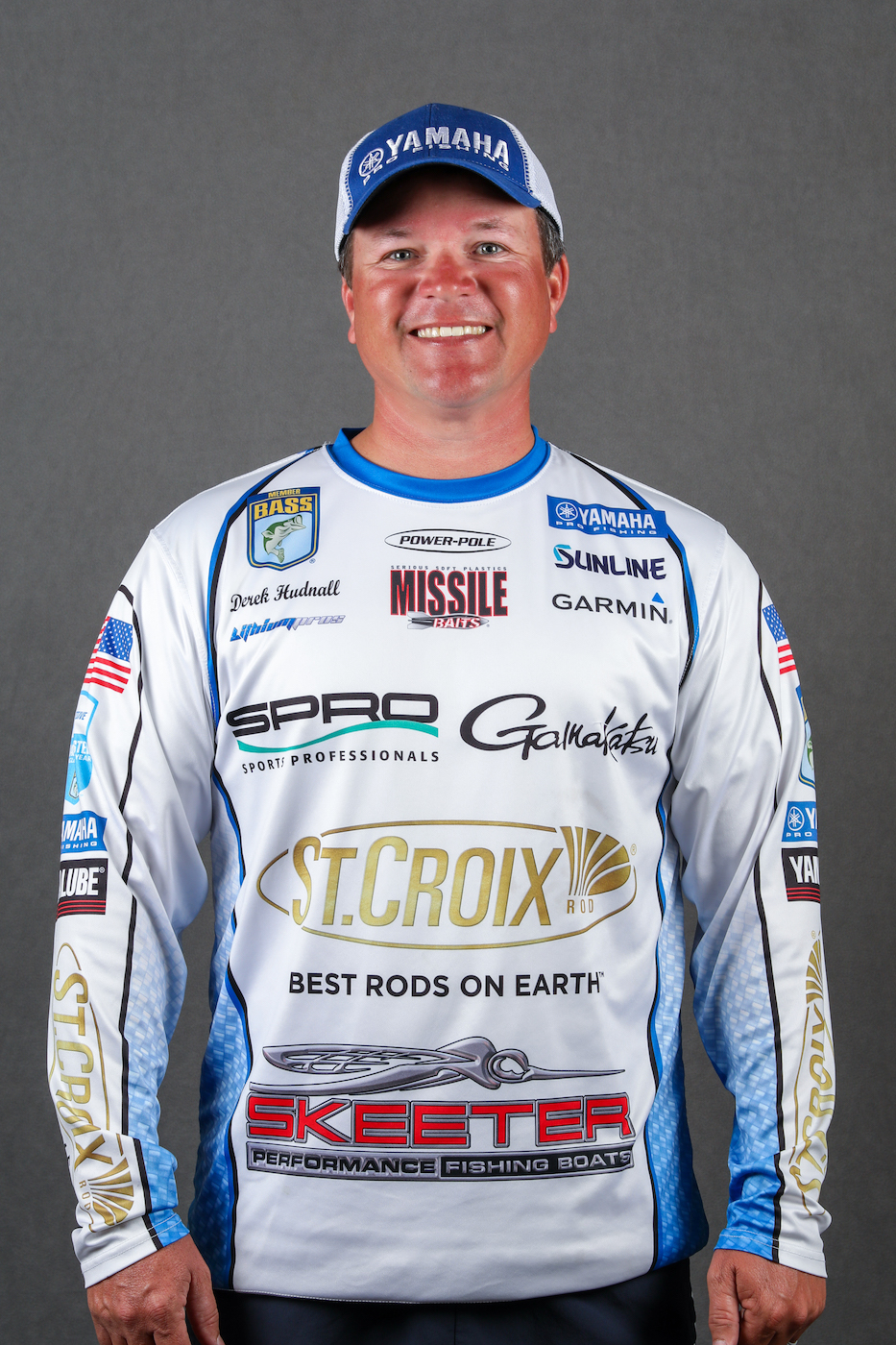
Before we get into the details of picking a flipping hook I want to say something about fishing in general. Be methodical when you change something, and something means anything and everything. Don’t just change for the sake of change. Have a reason for what you’re doing.
That’s especially true with hooks. Gamakatsu makes lots and lots of hooks. They’re all good if you pick the right one for the job at hand. But, the wrong hook for what you’re doing won’t be as good no matter how high quality the hook.
OK, with that in mind let’s start our discussion.
I see a lot of young and inexperienced anglers flipping with EWG style hooks. The thing about them is the hook point is perfectly aligned with the eye. That makes them great for keeping your plastics in a straight line. When it comes to flipping, however, they have a disadvantage.
That’s because they need to slip before they bite. Tie some line on one and wrap your hand around it. Then pull the string — gently. You’ll notice that it needs to slip before it bites the meat in your hand.
If you flip with that style of hook, you’ll skin-hook a lot of your fish. And even when you don’t your hook will penetrate forward, towards its lip. Again, that because an EWG hook needs to slip before it takes hold of something. That’s not what you want when you’re flipping.
Now, EWG hooks have their place. A fluke or a Carolina rig is perfect for that design. The fish is out in front of you, and most likely facing you, so you can get a straight pull when you set the hook. The slippage is actually helpful with those baits.
My preference for flipping, though, is a standard round bend, offset Gamakatsu worm hook. If you wrap your hand around it, you’ll feel the hook point immediately. There’s no need for slippage. Just a pull will cause the hook to penetrate farther back in the bass’ mouth. That’s where you want it to happen. And this will happen no matter which way the fish is pointed and which way it starts to swim away.
The long-shank models are good for bigger baits. The shank helps with size, but they aren’t good for ordinary-size baits. This is an example of what I said about your needing to be methodical about changing things. You need to have a reason, and a bigger bait is a reason.
Another hook style that’s pretty good for flipping is a straight-shank, heavy-cover hook. Some guys prefer that style, and it’ll work just fine. I go with the offset worm style because it’s easier to keep your bait straight, and it’ll stay on longer. You don’t have to put new baits on as often. For me as a professional angler it’s about saving time. For a recreational angler it’s about saving money.
There you have it — my take on flipping hooks. I realize everyone has an opinion, and some of them are pretty good, so not every angler will agree with me. But the physics of hook penetration isn’t an opinion. It’s a provable, scientific fact.
Be methodical about your hook changes. You’ll catch more fish.

